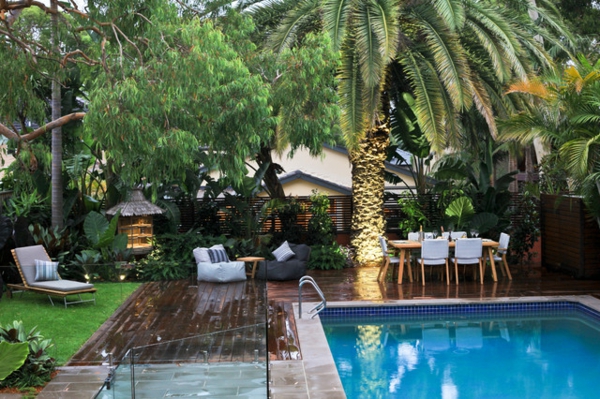Create tropical mood with the right palm in the garden
With the right palm in the garden you can create a great tropical ambience
“So your garden is flooded.” “We freeze the tree.” “The garden is too small.” All these are typical excuses … The palm will make your garden just nicer!
No plant in the world gives a typical tropical mood better than the palm tree.
Most palms can only grow in warm climates. But there are also some examples of plants that are also suitable for cooler conditions.
I even inserted some houseplants. Palm trees, which can be cultivated in frosty conditions.
Beautiful banana palms and pink geraniums
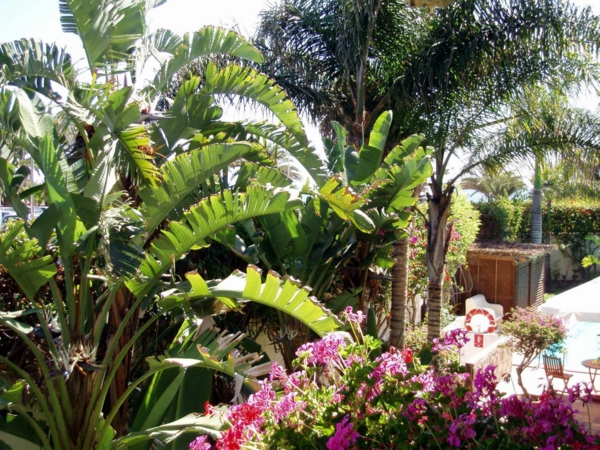
Do you live in a region where the winter is pretty cold? Do not worry: there are also plants that can grow in these climatic conditions.
Mediterranean fan palm
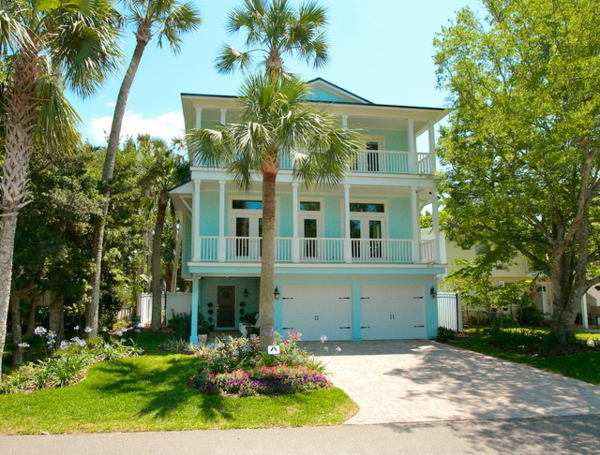
These are group-growing plants that are wonderful for gardening. Hemp palm is another wonderful variation that you can use in a garden with four seasons.
Once you live in a region where winter does not reach minus temperatures, you have a great selection of palm trees. These are, for example, the Chamaedorea radicalis (a kind of weather-hard mountain palm species), bamboo palm, Burgatius, Canary date palm.
According to many people, this is the most natural combination in the world. But many palms can not stand the windy climate of the coasts. The salty soil can also be a problem.
Coconut palms would be an obvious choice in principle. Exactly this is common on the whole beaches in the tropical areas.
Allagoptera is another species very common in South America. It is also a wonderful palm for the beach. Their trunks always stay close to the ground and they always look like a big shrub.
Do you want to have a palm that spreads quickly? Opt for the Art Palmetto in green or blue.
The genus is very tolerant in terms of handling salt, water and cold.
Palm trees for small areas
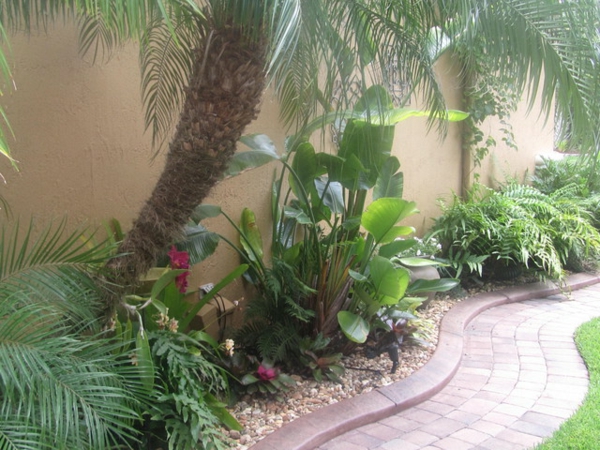
The palm trees have by no means been thought of only for the larger areas. Many species adapt beautifully to the atmosphere of smaller farms. Rhapis excelsa is a very suitable variant in this case. Their tribes form groups and by the little bigger ones they inscribe themselves in every kind of ambience. Again, you can use the bamboo palm. These species will give you a delicate and aesthetically pleasing look.
Such palm trees can cope with the direct rays of the sun, but they look best with shadows. It would be best to plant them under a eaves or a taller tree.
For the cool areas would be the dwarf date palm, the ray palm and the ordinary dwarf palm.
All of these species need much less care than anyone else.
Be Impressed by Big Palm Trees – by Debra Yates Great Space, Inc.
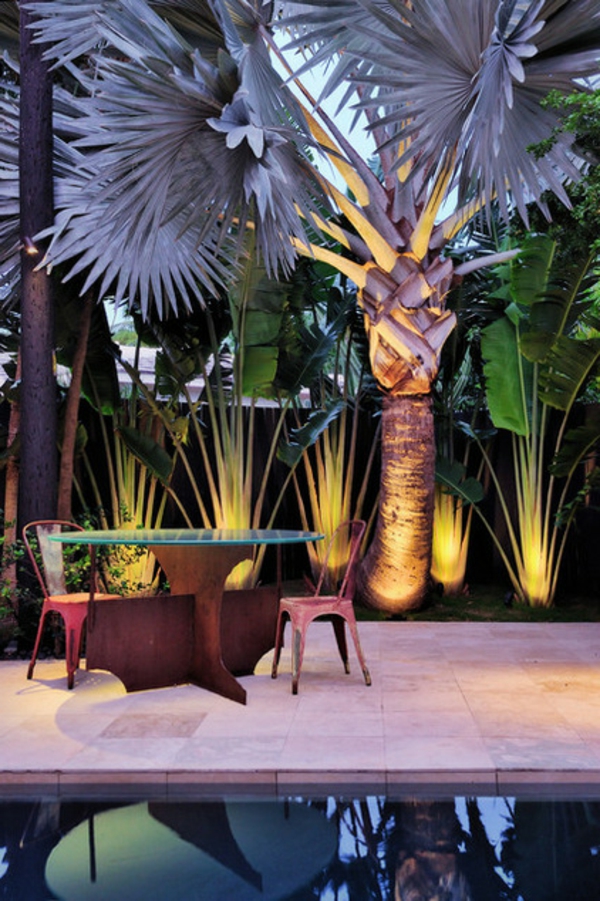
Do you have enough space and want to design a palm tree as the pivot of your room? Then create a lot of space for it.
The Bismarck palm would be a suitable choice in this case. It impresses not only by its leaves, but also by the pale blue-gray fronds. The royal palm and the Copernicia baileyana are other species of oversized palm trees. They both have very large, concrete-like stems. Attalea Cohune is great in the direct sense of the word before she even has a tribe. Their fronds are around 6 meters long and 18 meters wide.
The palms should not only have enough space, but also be seen from afar. Only then will their splendor really come into their own.
Dry resistant palms
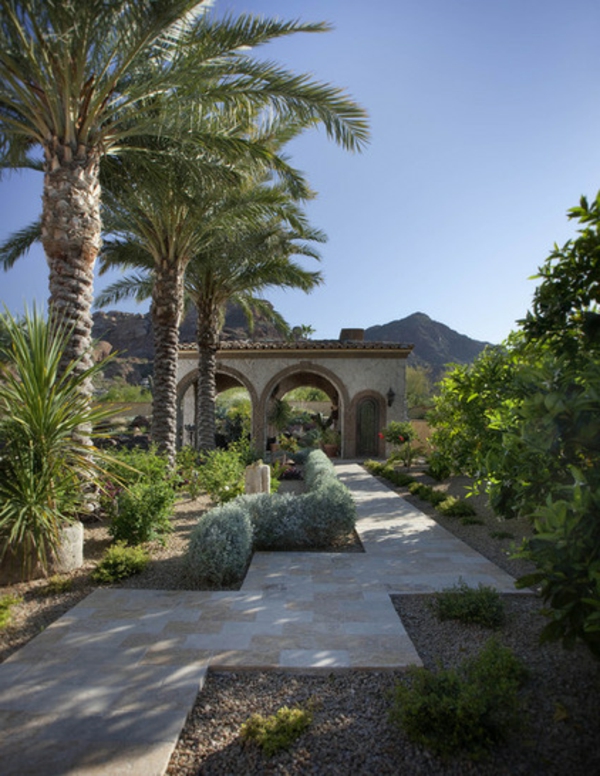
The palms are known to come from the warmer regions of the world. That’s why there are many species that can live in a dry climate. Most of them can also be planted in a desert. The following are the most suitable species: the dwarf palm, the California fan palm, the holly (Saw Palmetto). These can be planted in water-lacking regions without any problem.
Shrub-like palms
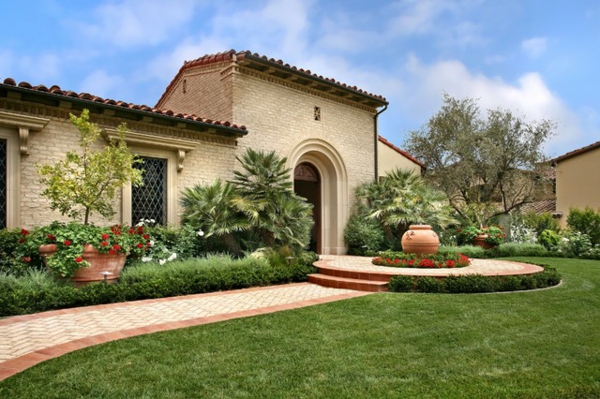
You can achieve hedges and shrubs looking natural shapes by planting a few types of palms.
Some palms can serve as perfect partitions. The gold fruit palm is a very popular species and this gets a bit yellowish in the sun. The Rhapis excelsa is another very suitable variant. It can be used as a hedge in small spaces. The fanned out frond takes up very little space.
The Arenga engleri can also fit here, as well as the fishtail palm. They are known for their wavy, fringed leaves. The palms do not need to be fertilized, unlike most bushes. So that they do not cross the paths, they should be regularly cut off.
Palm trees for humid climates
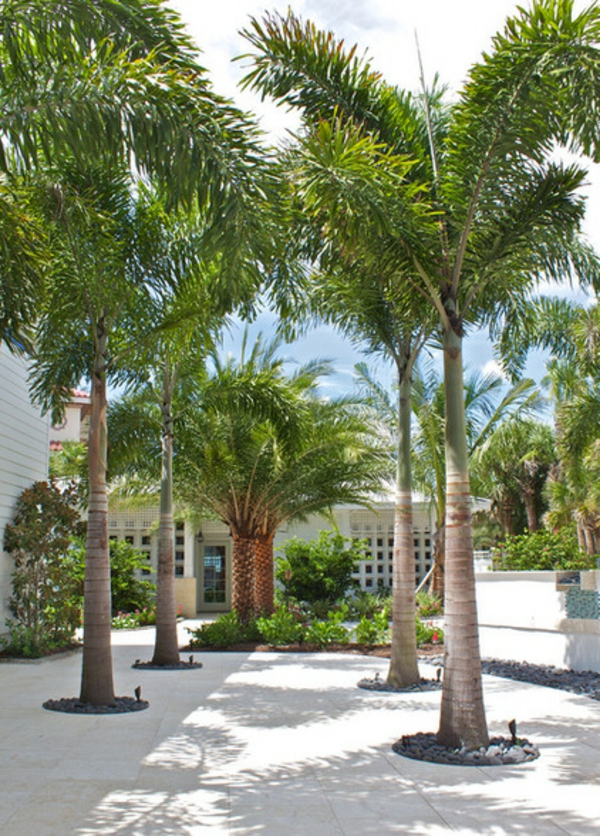
Does your garden have a tree-lined spot? That would be the right place for some kind of palm trees. There are species that grow best under such conditions. The American Acoelorrhaphe wrightii would fit here wonderfully. The tall Palmettopalme would also dryness and moisture in their habitats and in the garden.
Other moisture-loving palm trees are the dwarf date palm and the seal wax palm. The latter actually needs standing or permanently moist soil.
Palm trees for the interior
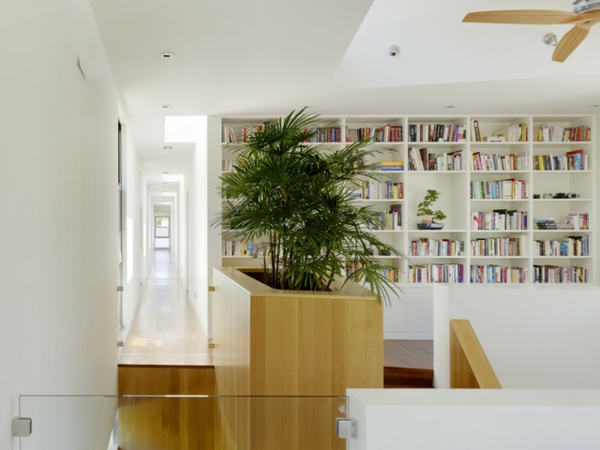
The palm trees are often used as indoor plants. But actually they are not always suitable as such. You should choose the right kind. Probably the most appropriate variant would be the Rhapis excelsa. It costs a little more, but it is then in the long run a real beautification of the room. They have an authentic tropical look and a resilient character. Kentia Palms is another very expensive option for the house. In the long run you will be happy to have done this.
For more precious shade in the heat


